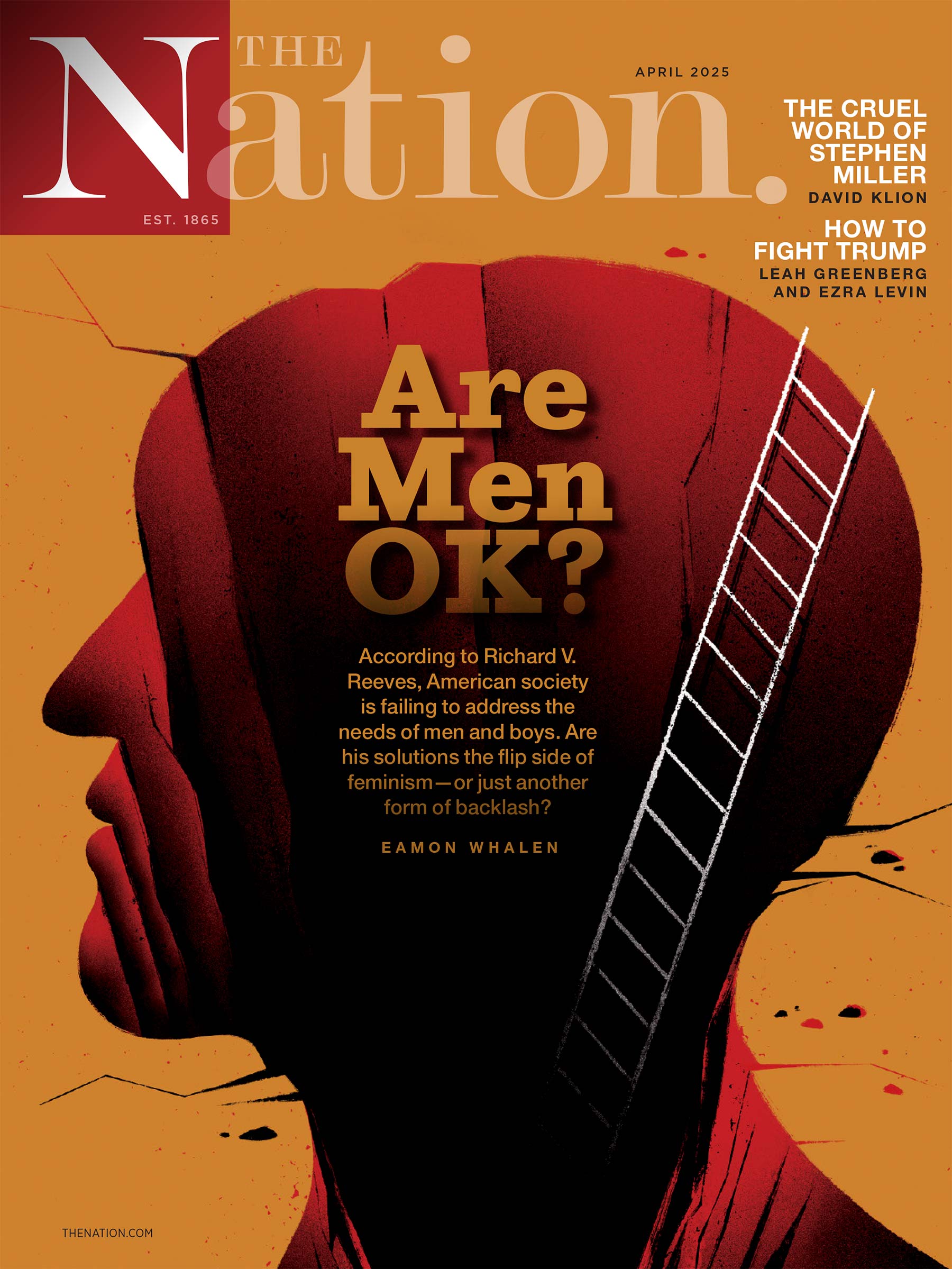That’s John Wayne, who used to speak with his fists and has to brandish them once again to win the girl of his dreams. In one of film history’s most epic fight scenes, he and Victor McLaglen punch and punch and punch, basically until John Ford runs out of film.
By way of the characteristic reticence of John Ford, you probably know that he considers The Quiet Man to be the best of his 108 pictures. The new film is an old-fashioned confection idealizing the scenic beauties and quaint customs of Ireland; it is no better than the overrated Informer and a bit worse than the recent potboiler called When Willie Comes Marching Home, the only film of Ford’s that was not hampered by his bellicose, barroom sentimentality or falsified by the unstinting use of fancy scenic effects. Often during The Quiet Man the audience finds something laughable (the town drunkard and gossip muttering when he is offered buttermilk instead of whiskey, “The Borgias would do better”), but mostly the moviegoer has to put up with clumsily contrived fist fights, musical brogues spoken as though the actor were coping with an excess of tobacco juice in his mouth, mugging that plays up all the trusted hokums that are supposed to make the Irish so humorous-sympathetic, and a script that tends to resolve its problems by having the cast embrace, fraternity-brother fashion, and break out into full-throated ballads.
In the midst of it is the formless love story of two champion poseurs, one of them a strong, silent ex-boxer from Pittsburgh, Massachusetts (gag), who, returns to the thatched cottage of his birth and spends the film wistfully lapping up luxurious scenery around Galway; the other, a hot-tempered, shy country wench who runs through streams clutching her broad-brimmed hat or compulsively glancing over her shoulder as she backs off to the very bottom of the screen. The characters are paper-thin types with traits taken from pulp stories, nineteenth-century novels, and a dozen British films starring members of the Abbey Theater. The noble close-mouthed hero developed his tungsten muscles in Pittsburgh’s mills, learned about Ireland’s beauties at his mother’s knee, and lost his urge to fight when he killed a ring opponent. All this is revealed by way of dialogue, so that there is nothing for John Wayne to impersonate except John Wayne. Maureen O’Hara plays the windlike heroine out of Wuthering Heights, and the Ford stock company (Arthur Shields, Ward Bond, McLaglen, Natwick, Fitzgerald) goes through the dated mimicry of such stereotypes as the tippling village cabby, the thick-headed, bellicose squire, and the jovial village priest who curses, jokes, and fishes from start to finish of the film.
Some of the technicolor photography is pretty original—a dense, gray atmosphere takes most of the hue and intensity out of the scene and makes for a curious picture that takes place in daylight yet has some of the sunless, remembered look of a surrealist painting. Ford’s ability to lyricize a movie with scenic effects is manifest wherever the camera moves: Barry Fitzgerald driving his sidecar beneath a little bridge as the train passes over it, the old business of the wedding photograph burlesqued like a quaint valentine, wind delicately whipping a pile of sweepings. But all this padding of what is supposed to be an illusive, impressionistic study of a land and its people is disturbing because it becomes the underlying motive for the scenes, revealing the limited significance of every pub brawl, horse race, or pastoral event almost before the scene is under way.


